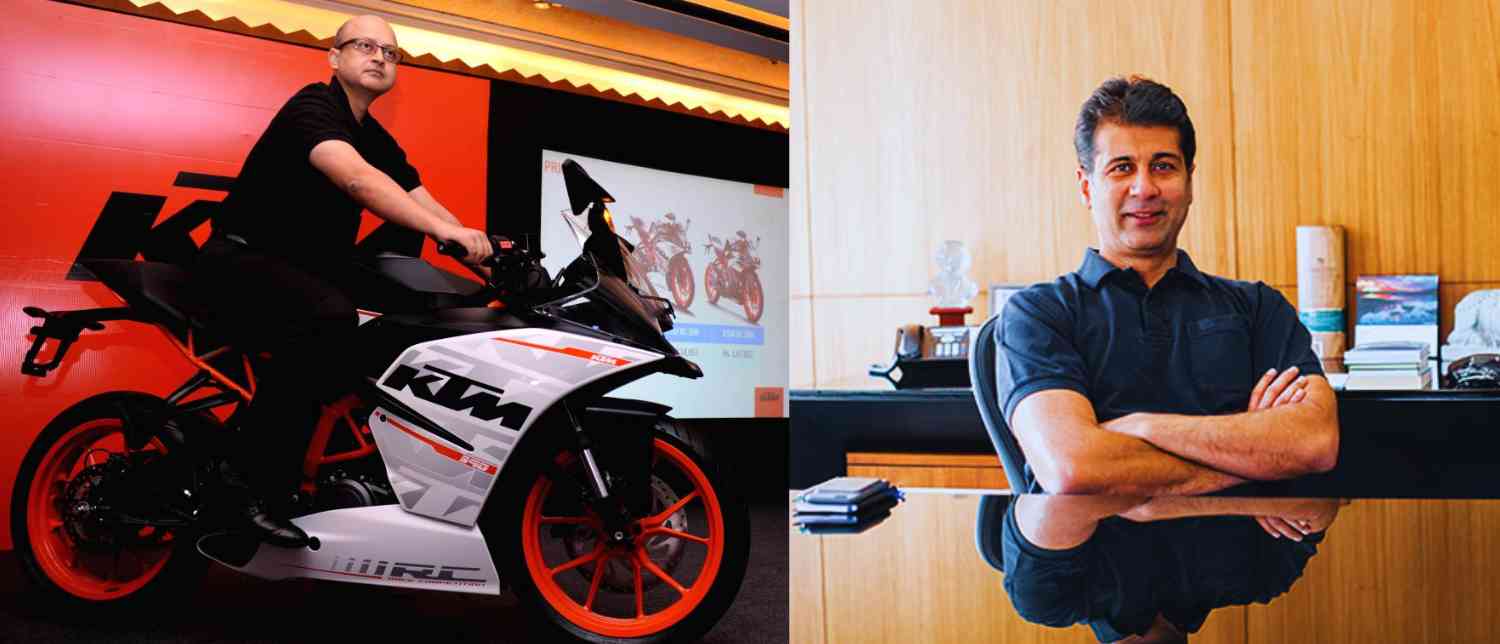In a major turn for the global motorcycle industry, Rajiv Bajaj, the head of Bajaj Auto, has signaled a potential shift in KTM’s production away from its traditional base in Austria to manufacturing hubs in Asia, particularly India. This development comes after Bajaj Auto’s acquisition of a majority stake in KTM, the iconic Austrian motorcycle brand famous for its high-performance and racing motorcycles. The move reflects both strategic business adjustments and broader global manufacturing trends, carrying importance for the future of KTM, its fans, and the motorcycle market globally.

KTM’s recent history has been turbulent. Once Europe’s largest motorcycle manufacturer, KTM faced serious financial troubles that culminated in halted production at its Austrian plants. Overexpansion, costly racing commitments, supply chain issues, and the rapidly evolving market towards electric vehicles strained the company’s finances, pushing it to the brink of bankruptcy in 2024. Bajaj Auto, which had been KTM’s manufacturing and distribution partner since 2007, intervened with a substantial equity investment and capital infusion—around ₹7,200 crores—to stabilize KTM and gradually take majority ownership, now holding approximately 75 percent.
Rajiv Bajaj’s recent public statements have drawn attention because he openly described European manufacturing—including KTM’s Austrian facility—as becoming “unviable” or “dead” in terms of economic sustainability. While Bajaj clarified that he did not mean a sudden shutdown, he indicated that production plans would increasingly move to India and Asia. This shift follows a pattern seen in other renowned motorcycle brands, such as Triumph, which relocated production to Thailand to leverage cost efficiencies and supply chain advantages.

From a business perspective, moving KTM’s production lines to India makes several strategic sense. Bajaj Auto’s Pune-based plants already manufacture KTM’s popular single-cylinder models, like the 390 Adventure and 390 Enduro, which have seen steady growth in both domestic sales and exports. India offers abundant skilled labor at lower costs, and access to a growing domestic market as well as export opportunities. Additionally, Bajaj’s extensive global dealer network and improving export performance provide a supportive framework for such a transition. This could reduce KTM’s manufacturing costs significantly and improve profitability for the brand in an ultra-competitive global market.
However, shifting production from Austria, KTM’s birthplace, raises questions about brand identity and market perception. KTM is known worldwide for its engineering excellence, racing heritage, and European craftsmanship. Some purists and loyal customers may see production in India as detracting from the “Austrian” allure of KTM motorcycles. Yet increasingly, global automotive and motorcycle brands, including premium European ones, are diversifying their manufacturing footprints to stay competitive. The challenge will be to maintain KTM’s premium quality and racing DNA even as production becomes more globally distributed.
The broader perspective on this production shift also highlights changes in the global manufacturing landscape. Rising costs, labor shortages, and logistical challenges in Europe are driving many manufacturers to move key operations to Asia. For India, this represents both an opportunity and a responsibility to uphold high manufacturing standards. Bajaj Auto’s stewardship of KTM production and the brand’s global marketing illustrates how India is becoming a critical hub for premium vehicle manufacturing, not just for domestic consumption but for global markets.

In conclusion, KTM’s manufacturing shift under Rajiv Bajaj’s leadership signifies a bold response to economic realities and market shifts. While production may move to India, the brand’s European headquarters, design, and research and development are likely to remain based in Austria, maintaining its engineering spirit. This blend of traditional European design with affordable Asian manufacturing could help KTM build a sustainable future in a highly competitive world. The move is watched closely by industry insiders, consumers, and enthusiasts worldwide as an example of how legacy brands adapt to survive and thrive in changing times.
Thus, KTM “Made in India” is less about losing heritage and more about evolving with the times—balancing the legacy of Austrian high performance with the cost benefits and growth potential of Asia’s manufacturing powerhouse. Whether this strategy will strengthen KTM’s global position remains to be seen, but it certainly marks a significant chapter in the storied history of the legendary motorcycle brand.
With inputs from agencies
Image Source: Multiple agencies
© Copyright 2025. All Rights Reserved. Powered by Vygr Media.


















